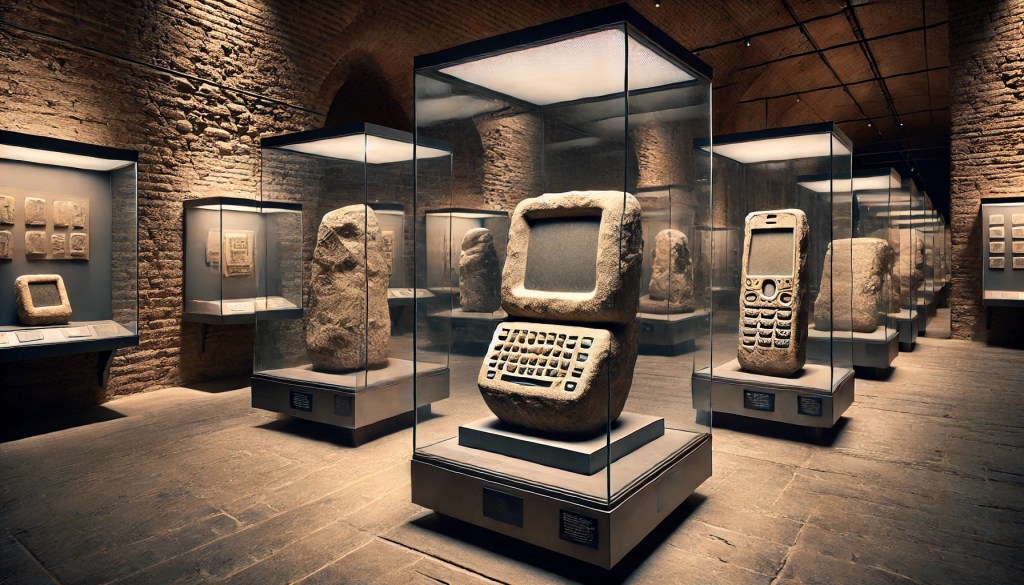Join our daily and weekly newsletters for the latest updates and exclusive content on industry-leading AI coverage. Learn More
Earlier this summer, the San Francisco-based AI startup Anthropic — a leading rival of OpenAI when it comes to developing useful new large language models (LLMs) — unveiled a surprise new feature it called “Artifacts.”
The feature allowed users of Anthropic’s Claude family of LLMs and chatbots on the web to enable a new window that would appear alongside their chat interface and run code snippets and even full programs generated by the LLM at the user’s request.
For example, a user could ask Claude to generate a simple interactive visualization, chart, or a playable game and run it alongside the chatbot right in their browser. The feature was impressive enough that VentureBeat editorial director Michael Nuñez called it “this year’s most important AI feature” and users have since generated tens of millions of Artifacts since its release, according to Anthropic.
However, users previously had to turn on Claude Artifacts manually by clicking their username initials in the lower left corner of the Claude chatbot screen, select “Feature Preview” and toggle on Artifacts. But no more: Anthropic today announced the general availability of Artifacts across its Free, Pro, and Team tiers, as well as its available on the official Claude iOS and Android mobile apps, making it easier to create and interact with interactive code on the go.
Anthropic’s Head of Developer Relations Alex Albert posted on the social network X that he spent “all morning replicating simple games with Claude. We’re nearing the era of mobile apps created in real-time by LLMs.”
Only Free and Pro plans will have the ability to publish and remix Artifacts with the broader Claude community. This feature allows users to build upon and iterate on content created by others worldwide, facilitating a dynamic exchange of ideas and resources.
For users on the Team plan, Artifacts can be shared within Projects, enabling secure and efficient collaboration among team members.
Anthropic expects Artifacts to streamline workflows and enhance productivity by allowing teams to use it collaboratively and iterate on one another’s creations securely over the web.
The strategy behind Claude Artifacts: user experience over raw power?
While much of the AI development world has focused on enhancing raw processing power and expanding model capabilities, Artifacts represents a focus on user experience and redesigning AI interfaces away from the simple chatbot model.
In a way, I believe it is analogous to Nintendo in gaming — the company often comes out with game consoles that have much less processing and graphics power than rivals at Microsoft and Sony, but seeks to gain users with novel user interfaces, often to great success.
Anthropic envisions Artifacts as a versatile tool that can be utilized by teams across various industries to accelerate the creation of high-quality work products.
The platform supports a wide range of outputs, including code snippets, flowcharts, SVG graphics, websites, and interactive dashboards.
For instance, developers can now create architecture diagrams directly from their codebases, product managers can develop interactive prototypes for rapid feature testing, and designers can produce visualizations for quick prototyping. Similarly, marketers can design campaign dashboards rich with performance metrics, while sales teams can visualize their pipelines and forecast insights more effectively.
As Artifacts become a standard part of the Claude experience, Anthropic anticipates seeing a wide array of creative and practical uses emerge from its global user base.
Source link

